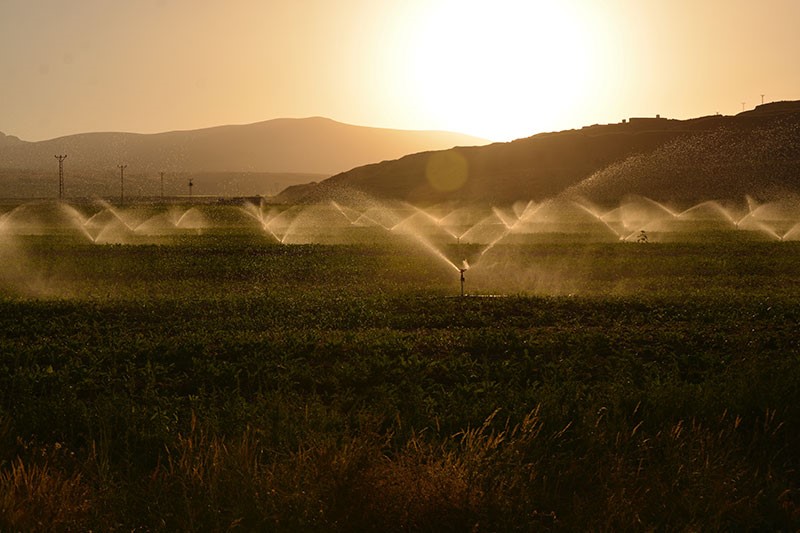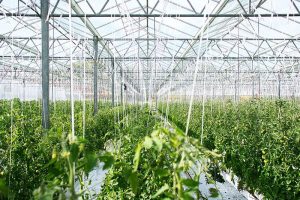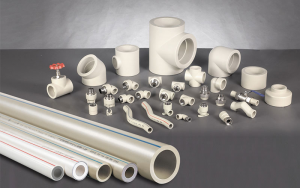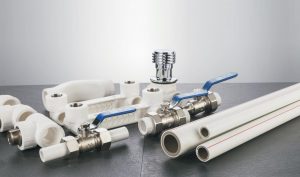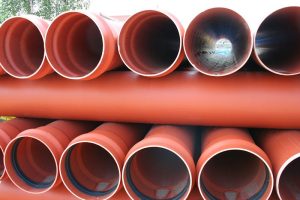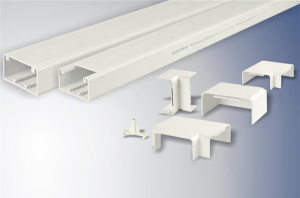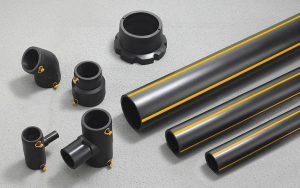Traditional irrigation is long overdue for a change in our world. Watering crops and gardens manually is quite simply a waste of time, and irrigation based on timers can’t amount for changes in the weather or soil that can affect the moisture levels.
To overcome this and bring irrigation to the next level we now count on smart irrigation systems. Smart irrigation is an irrigation system that takes into account either the weather or soil conditions to define its watering processes. This means that irrigation is optimized for the particular area that is being watered, and as such water is saved and the growth of the crops or plants is optimized.
Main features of smart irrigation
Smart irrigation can be most easily defined by the presence of a smart irrigation controller. These devices measure either the weather temperatures in the local area or the moisture of the soil and adjust their watering schedules according to it and other user-inputted needs.
As such the main feature of these systems are their variable watering or sprinkling schedules. Smart irrigation is a method that allows for accurate control of the water needs of large farm, thus saving both money and water in the long run. Even more importantly thanks to the increased accuracy of the system you can ensure that your plants are always at the right moisture level, and this means they’ll have a better growth cycle.
Additionally, as it’s the case for most if not all smart systems in the current market you can link your smart irrigation system with your smartphone or tablet for an additional level of control. This allows you to change the settings on the run with a simple app, as well as receive notifications and constantly updated information about your lawn or garden directly to your device of choice.
This range of control allows you to control the specific watering patterns of needs of individual areas in a single garden, overall granting smart irrigation systems a degree of control that is game-changing for the world of irrigation.
How does a smart watering system work
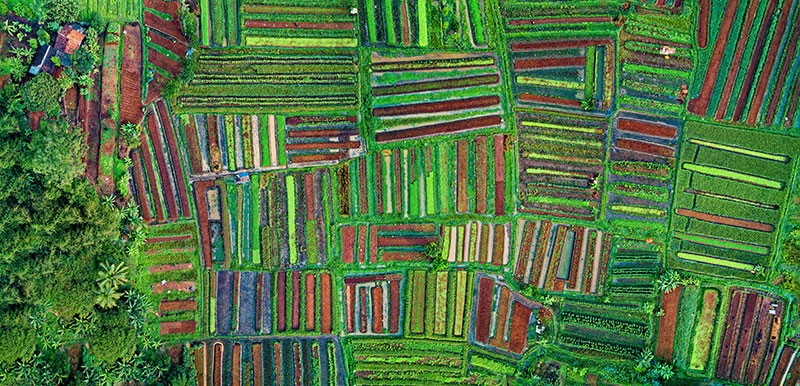

As we mentioned above the key component in these systems is the smart irrigation controller. These controllers are advanced sensors who based on either temperature or soil moisture levels decide on the required intensity of watering for the system and as such is the core of the entire irrigation system.
Weather-based controllers are also known as evapotranspiration controllers due to the way they work. Taking into account the expected evaporation and transpiration in a system these controllers obtain weather information to know how often they should be watering the garden or lawn.
There are 3 main types of weather controllers and they are classified based on the method they use to gather their information:
- Signal-based controllers obtain their information from a public source which sends it wirelessly to the controller.
- Historic controllers take into account the historical water use in the given region and operate based on these averages.
- On-site controllers calculate the temperature with their own sensors and a such react to the specific temperature in the area
Soil-based controllers rely on soil moisture sensors instead. A sensor is placed on the garden at root level and it continuously determines the volumetric water content. That is to say just how much water is currently contained on the soil.
Based on this data the owner and system can choose an appropriate threshold of water. Once the volumetric water level goes below this threshold the system understands that it needs to begin watering again.
Components of a smart irrigation system
While the controller might be the key component of a smart irrigation system it is far from its sole component and the quality of the overall system relies on every single part of itself.
The first components are of course the controller and its correspondent sensors, but these are also accompanied by the device you will use to control the system itself. Dedicated control pads exist but based on the model the control method can easily be your smartphone as well.
Past that the components of a smart irrigation system are largely the same as any automated sprinkling system:
- A water source for the system, most commonly this is a connection to a valve.
- Dedicated agriculture pipes to connect the running water to each sprinkler.
- Rotors or sprinklers to distribute the water.
- Drip tubing for the systems that rely on it instead of overhead sprinkling
Common smart irrigation applications
Currently, smart irrigation saving water in agricultural irrigation. The precise water saving is a perk that most farmers are interested in.
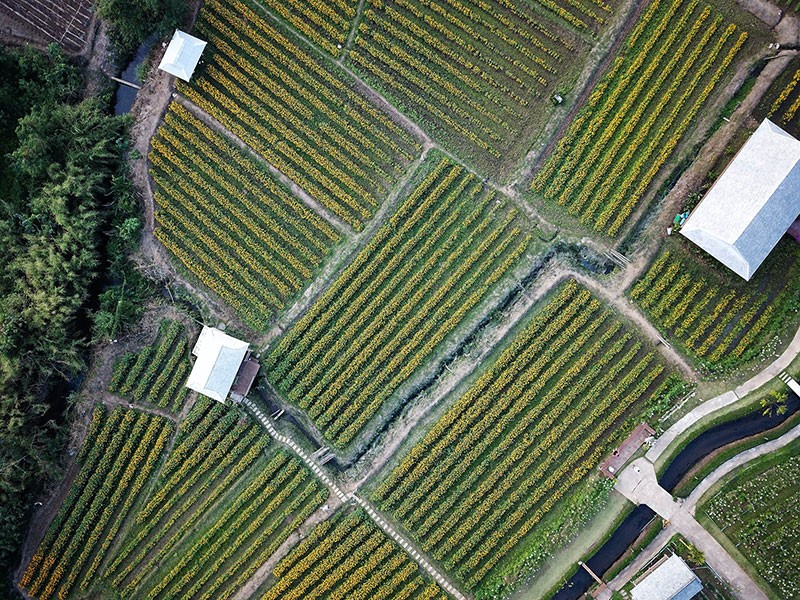

Smart irrigation does have a use in agriculture. When used for farming the advanced weather systems allow for very accurate readings that allow saving up to 13% of the total water commonly required for sprinkling. This not only results in reduced water use but keeps crops healthier in the long run.
What is the best pipe for your irrigation system?
Choosing the right pipe for your irrigation system is based on the method it’ll use to deliver the water itself, thankfully irrigation pipe sizes are rather uniform so that’s not a factor you have to worry about.
It’s important to remember that the quality of the system depends on the quality of all the components so for optimal performance we recommend relying on LESSO agricultural pipes for your irrigation system. Their 30 years of experience show in all of their products and the combination of a lower cost and higher endurance is hard to beat.
These are our recommendations based on your irrigation method:
- The LESSO Garden Hose is perfect for external irrigation based on sprinklers, as it’s resistant easy to manipulate, and affordable.
- For flooding and drip irrigation we recommend the Transparent PVC Hose or the Suction PVC Hose. The added durability prevents future leaks or damage.
Recommend Reading
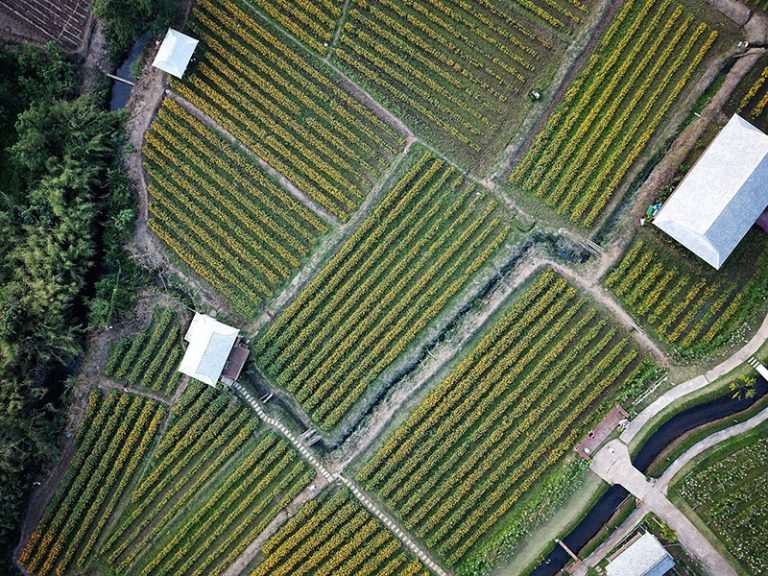

5 Facts You Never Knew About Agriculture Irrigation Pipes
Farm irrigation is as essential as drainage, fertilization, pest management and soil quality. Many devices and much ingenuity rise out of these necessities, but few
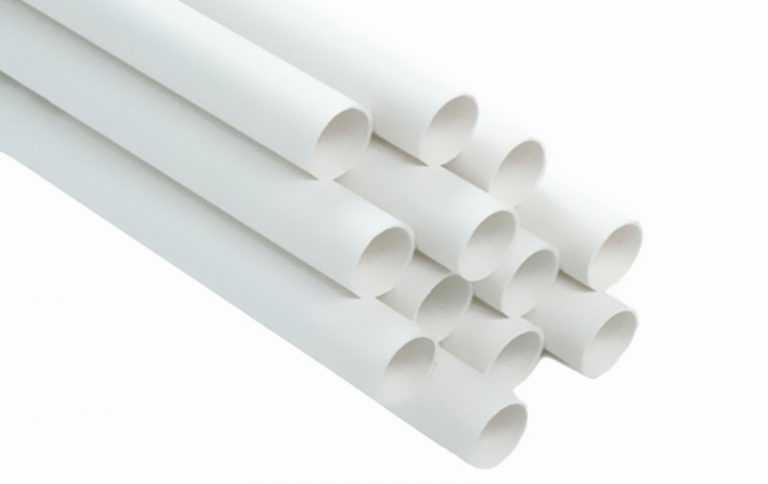

Everything You Need to Know About PVC Pipes
The third-most widely used synthetic polymer, PVC, is manufactured and used at the rate of 40 million tons a year worldwide. Its main application is


